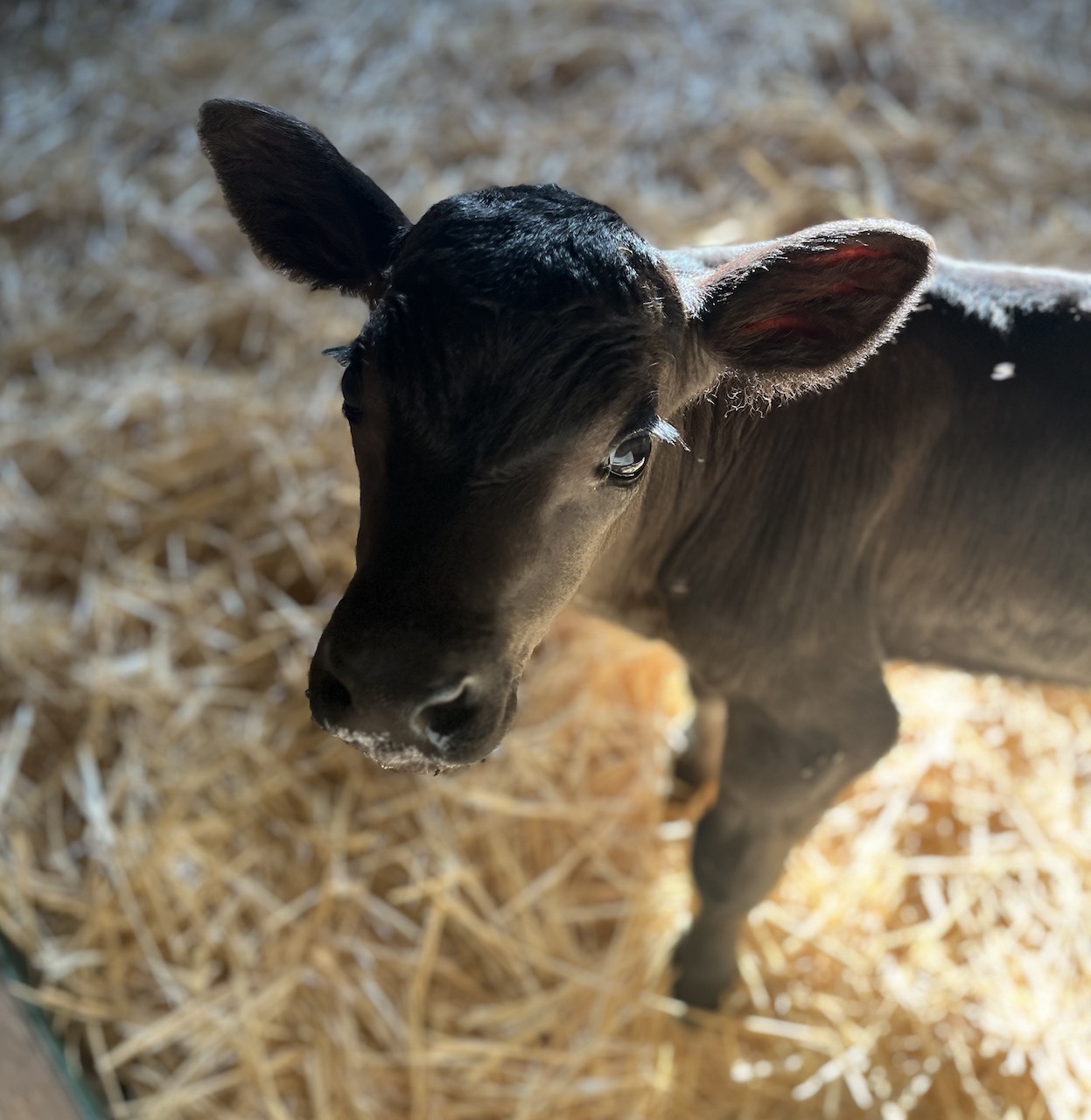
During the course of the year, we include some pretty cute animal photos in the Beet, like Dandelion (above) born late last week, and all the lambs earlier this spring.
But some of the little plants give the animals a run for their money, especially the big order of transplants that we got this week. Can you guess what they are?
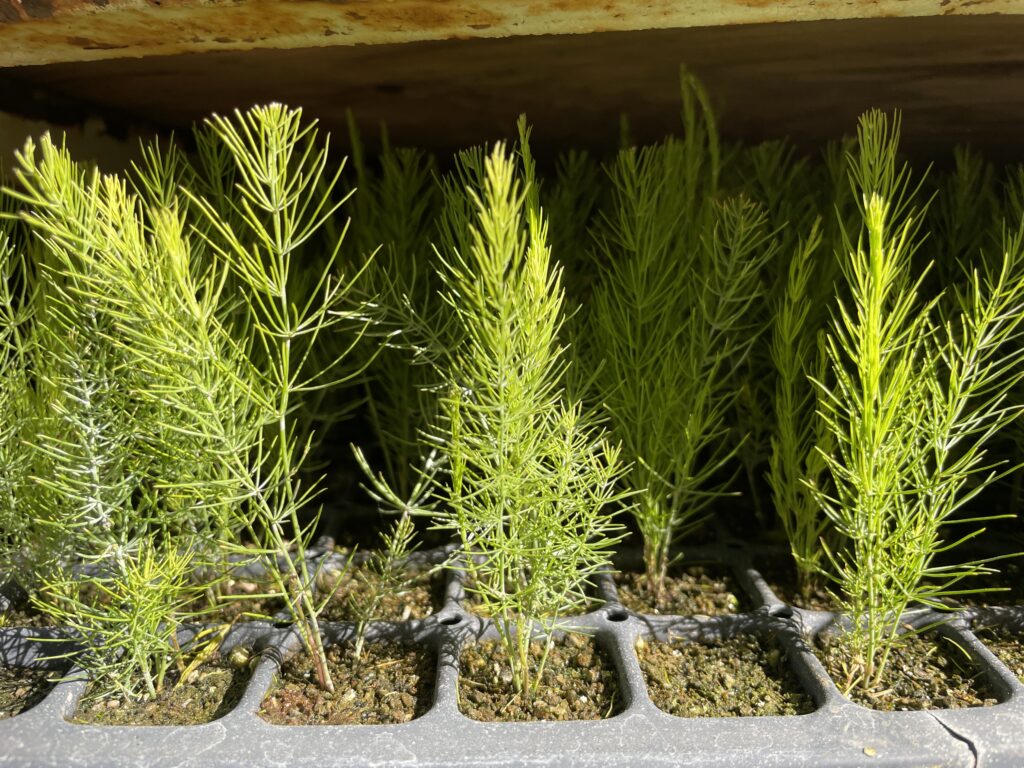
How about now (penny for scale)?
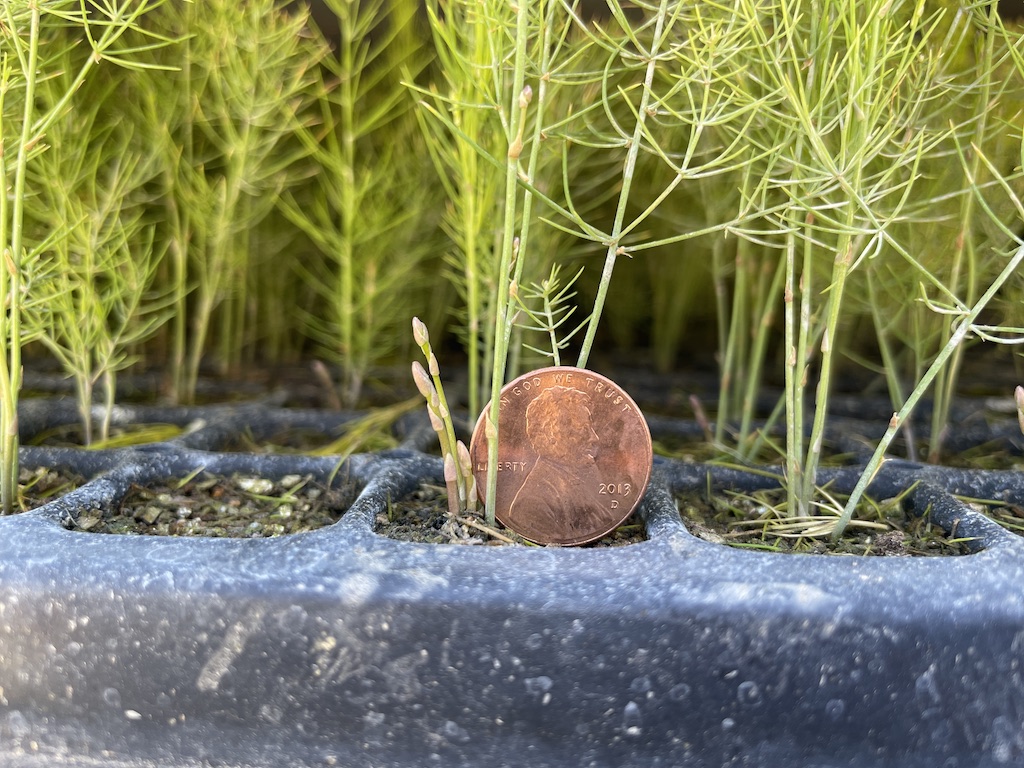
It’s asparagus! And while “adorable” is an adjective I rarely use, I can’t think of a better word to describe them.
We received 50,000 asparagus transplants this week, a mix of two varieties (UC-157 and Altas), and got them in the ground, using the three row transplanter that we used for the tomatoes, but with a much closer spacing (six to eight inches), getting about four acres planted. Check out the video of our team at work!

Asparagus is a perennial crop; once established, we’ll harvest from those plants for 10 to 12 years. The plants can produce spears for longer than that, but production starts to decline, and weeds can become more of an issue. We have to wait three years (until spring 2026) for the plants to get established before we can harvest them. We currently have two fields of mature asparagus, the last of which was planted six years ago and once the new field is established, we’ll retire the older one.
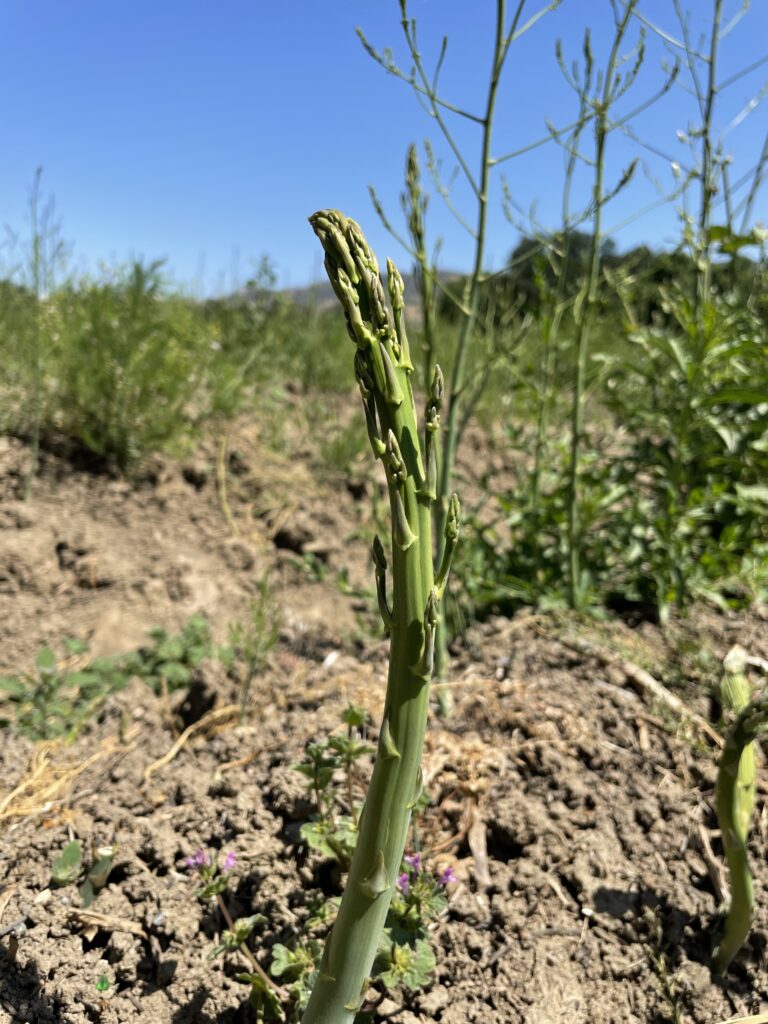
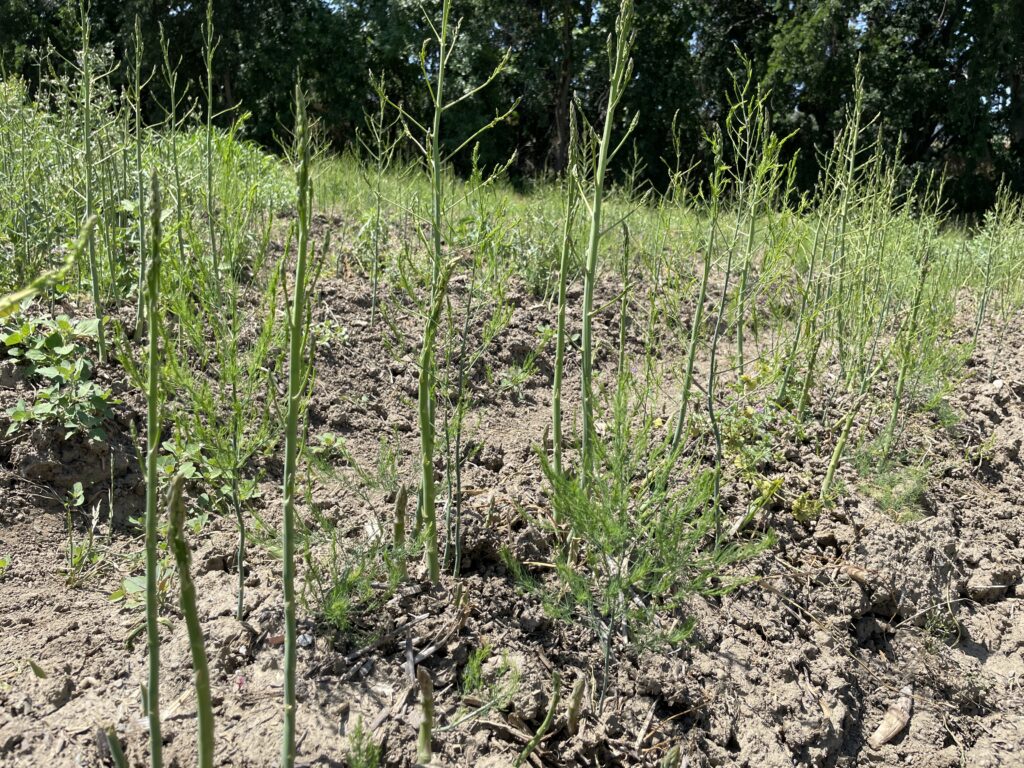
We’ve stopped harvesting our mature asparagus for the year; it’s not up to us, the plant lets us know when it’s done. As the days get warmer and longer, the spears get thinner and woodier, and the tips of the asparagus start to flower and open up while the plants are fairly small. The plants have reached that point so last week we stopped harvesting asparagus and late in the week (after the photos were taken), we mowed the field. Mowing knocks down the weeds before they can go to seed. The spears will grow back and instead of harvesting them, we let them open up into ferns which photosynthesize and bring nutrients to the crowns underground. In summer, the field is full of five-foot tall ferns, then in fall they turn yellow, and before they drop their leaves (asparagus are deciduous!) we mow the plants and apply compost and then wait for the spears to emerge the next spring. You can read more about how we grow and harvest asparagus here.
We’ll let the newly planted asparagus transplants go through a similar process – we’ll let them grow until fall and then will mow them and apply compost, then repeat again for the next two years!
– Elaine Swiedler, CSA Manager
